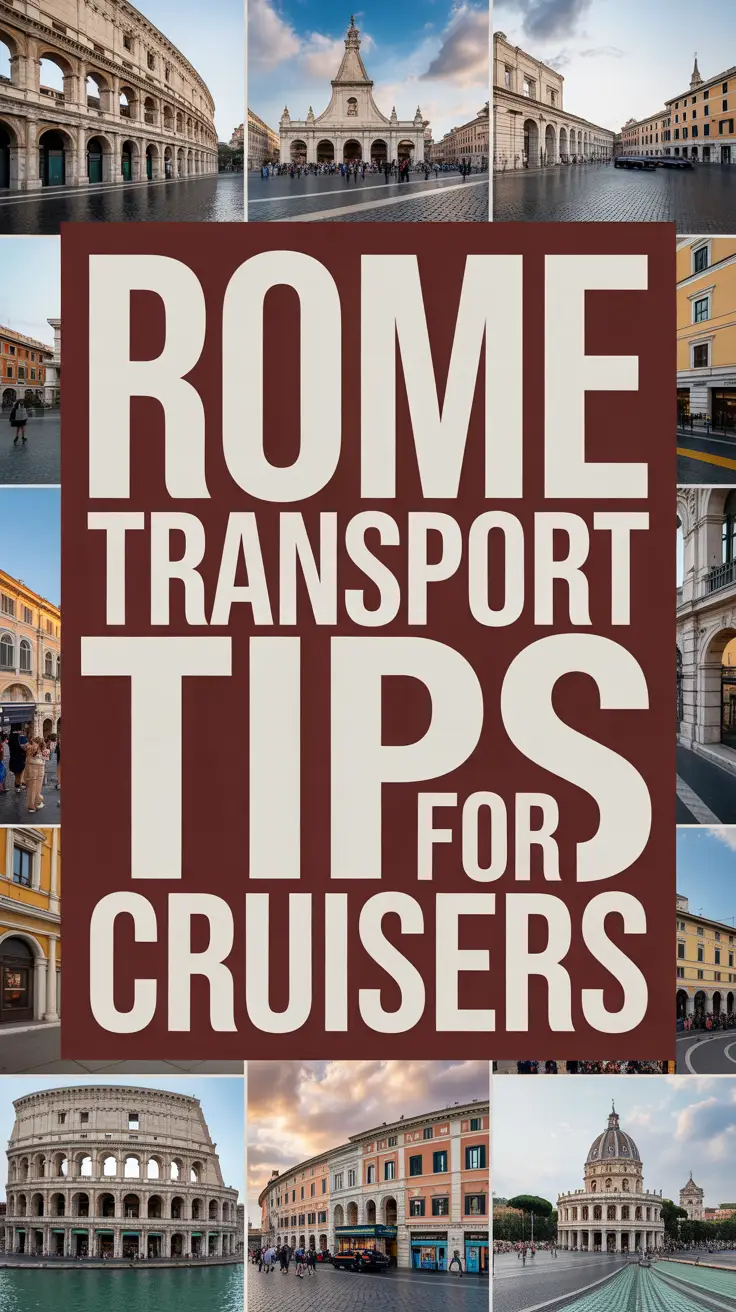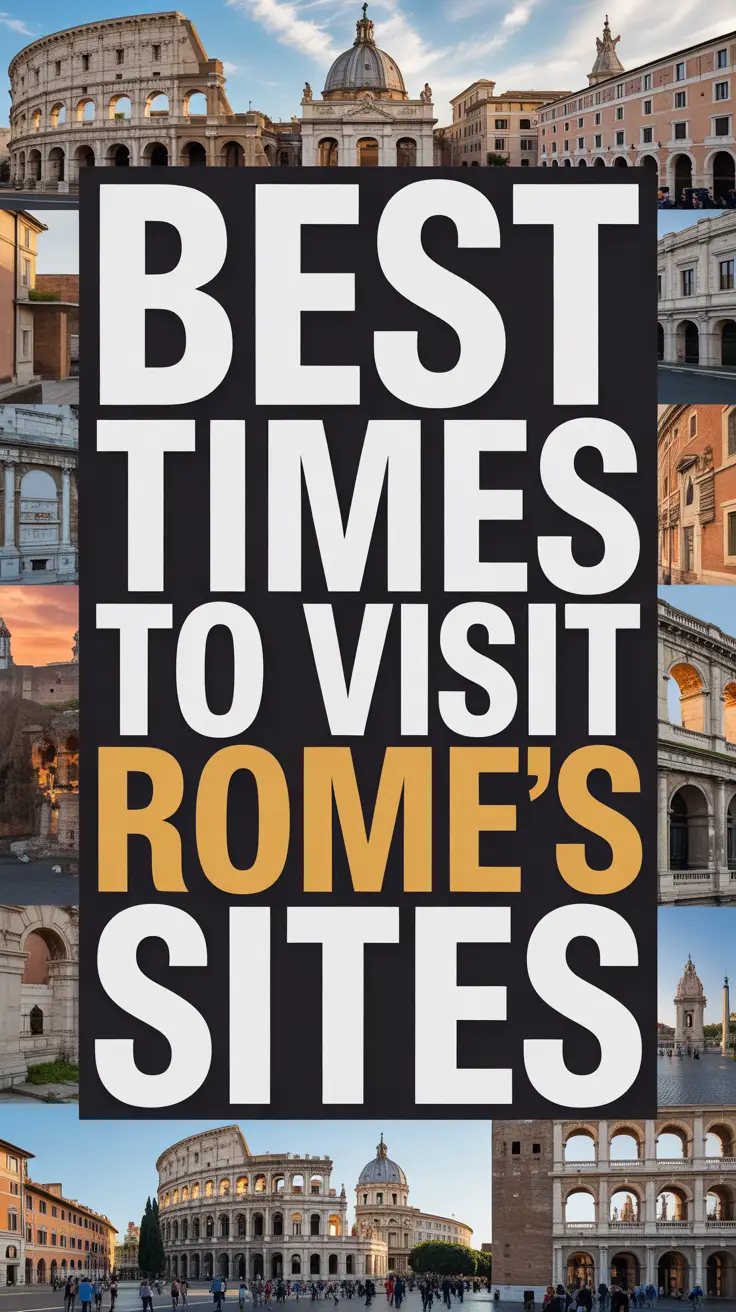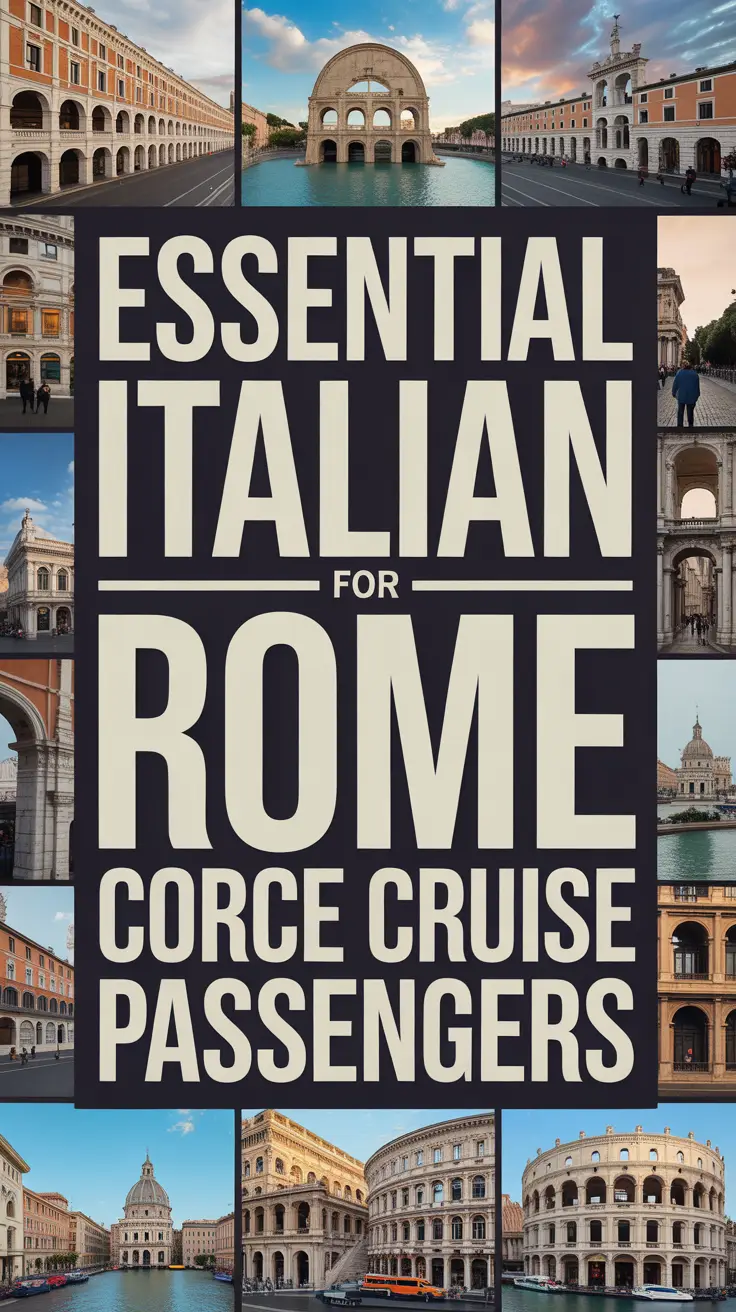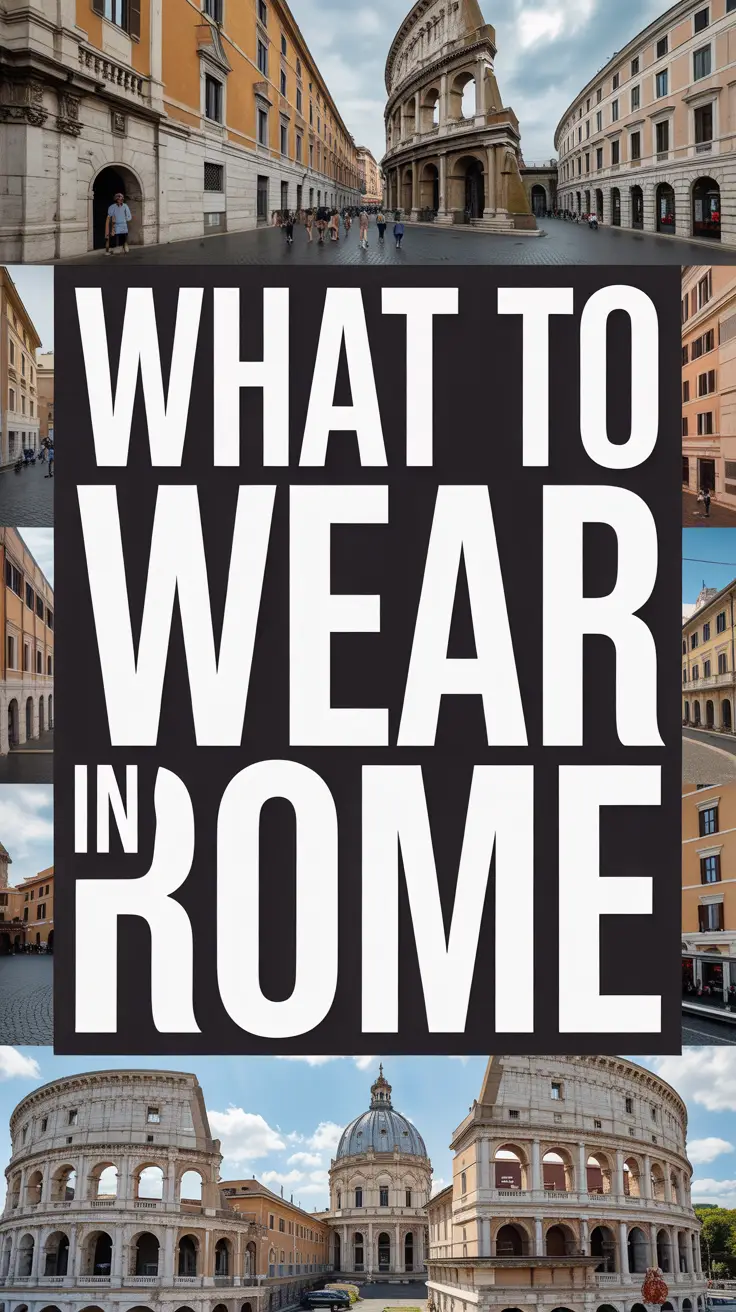How to Actually Use Rome’s Trains and Buses Without Getting Lost
After watching countless cruise passengers stumble off ships in Civitavecchia looking like deer in headlights, clutching crumpled maps and arguing over Google Translate, I’ve learned that Rome’s public transport system doesn’t have to be your nemesis. The Eternal City’s buses and trains can actually be your best friend – once you crack the code.
The Real Deal on Rome’s Transport Network
Rome’s public transport system (ATAC) consists of buses, trams, metro lines, and regional trains that connect the cruise port at Civitavecchia to the city center. The system carries over 300 million passengers annually, so you’re definitely not alone in this adventure. For those exploring multiple Mediterranean cruise ports in Italy, mastering Rome’s transport system will give you confidence for other Italian cities too.
“Most cruise passengers make the mistake of overthinking Rome’s transport system,” says Marco Benedetti, Senior Port Operations Manager at Civitavecchia Port Authority. “The key is understanding that Romans themselves often don’t follow the ‘official’ rules – flexibility and patience will serve you better than rigid planning.”
Your Transport Ticket Survival Guide
Rome operates on an honor system that’s simultaneously trusting and terrifying. Here’s what you need to know:
Ticket Types That Actually Matter
- BIT (Biglietto Integrato a Tempo): €1.50 for 100 minutes of buses, trams, and one metro ride
- Roma 24h: €7.00 for unlimited travel within Rome for 24 hours
- Roma 48h: €12.50 for 48 hours of freedom
- Roma 72h: €18.00 for three days of worry-free travel
Where to Buy Tickets (The Non-Obvious Spots)
- Tabacchi shops (look for the big “T” sign) – often faster than metro stations
- Newspaper stands – surprisingly reliable
- Some bars and cafes (ask “Biglietti ATAC?”)
- The MyCicero app – works even with spotty internet
- Ticket machines at metro stations (but they’re often broken, naturally)
Insider Secret: Many Romans buy tickets in bulk from tabacchi shops to avoid the machine lottery. Smart move.
Decoding Rome’s Bus System Like a Local
Rome’s buses are an adventure sport disguised as public transport. Here’s how to win:
The Bus Boarding Ballet
- Flag it down: Buses won’t stop unless you signal them
- Enter through the front or back doors only (middle doors are for exiting)
- Validate your ticket immediately – those little yellow machines aren’t decorative
- Hold on tight: Roman bus drivers trained at Formula 1 school
Essential Bus Routes for Cruise Passengers
| Route | To | Why You Care | |
|---|---|---|---|
| 64 | Termini Station | St. Peter’s Basilica | Vatican express (with pickpocket express service) |
| 40 | Termini Station | Castel Sant’Angelo | Scenic route to Vatican area |
| 85 | Colosseum | St. Peter’s Square | Ancient to sacred in 30 minutes |
| 118 | Colosseum | Appian Way | For the history buffs |
Metro Mastery: Rome’s Underground Shortcuts
Rome’s metro system has just three lines – A (red), B (blue), and C (green, but you’ll rarely need it). The good news? It’s nearly impossible to get truly lost. The bad news? It doesn’t cover everything you want to see.
Metro Stations That Matter Most
- Termini: Your central hub where all roads (and trains from Civitavecchia) lead
- Spagna (Line A): Spanish Steps and shopping district
- Colosseo (Line B): Obviously, the Colosseum
- Ottaviano (Line A): Closest to Vatican City
- Barberini (Line A): Trevi Fountain area
The Civitavecchia-to-Rome Connection
Getting from your cruise ship to Rome’s center is your first challenge. If you’re debating whether to tackle Rome independently, check out our guide on whether to book a shore excursion or go to Rome on your own. You have three realistic options:
Regional Train (The Smart Choice)
- Cost: €5-8 depending on train type
- Time: 45-90 minutes to Rome Termini
- Frequency: Every 30-60 minutes
- Pro tip: Take the faster trains (marked “Regionale Veloce”) when possible
Shuttle Bus (The Predictable Choice)
- Cost: €10-15
- Time: 75-90 minutes
- Pros: Door-to-door service, luggage space
- Cons: Traffic can be brutal
Navigation Apps That Actually Work
Forget what you think you know about transit apps. In Rome, you need local knowledge:
- Citymapper: Best for real-time updates and route planning
- Moovit: Surprisingly accurate for Rome’s chaotic schedule
- ATAC Official App: Often wrong, but sometimes has insider info
- Google Maps: Decent for planning, terrible for real-time accuracy
Bonus Tips That Will Save Your Sanity
The Unwritten Rules
- Rush hour reality: 7:30-9:30 AM and 5:30-7:30 PM are absolutely brutal
- Siesta effect: Reduced service 2-4 PM on weekends
- Strike days: Unions love Fridays – check before traveling
- Night owl options: Limited night buses run until 5:30 AM
Safety and Comfort Hacks
- Keep your validated ticket until you’re completely done traveling – inspectors appear like ninjas
- Carry a water bottle – Roman buses turn into saunas in summer
- Download offline maps before leaving your ship’s WiFi
- Learn “Scusi, scendo qui” (Excuse me, I’m getting off here) – it’s your exit superpower
- Invest in quality premium walking shoes – Rome’s cobblestones will test cheap footwear
- Pack a reliable day backpack for carrying water, maps, and purchases while navigating the city
Money-Saving Secrets
- Buy return train tickets to Civitavecchia in advance – they sometimes sell out
- Multi-day passes pay for themselves if you’re doing more than 4-5 trips daily
- Some museums offer transport discounts with admission – ask at ticket counters
Common Questions
What happens if I get caught without a valid ticket?
Fines start at €100 and inspectors don’t negotiate. They’re particularly active on tourist routes like the 64 bus to Vatican City. Always validate your ticket, even if you see locals skipping this step.
Can I use the same ticket for buses and metro?
Yes, the BIT ticket works for both, but remember – you can only use the metro once per ticket, while buses allow unlimited transfers within the 100-minute window.
How do I know when my stop is coming?
Electronic displays inside buses and trains announce stops in Italian and English. Download the Citymapper app for vibration alerts when approaching your destination – it’s a game-changer in crowded vehicles.
Is it safe to travel alone on Rome’s public transport?
Generally yes, especially during daylight hours. Stick to well-lit, populated areas at night. The biggest risk is pickpocketing on crowded buses, particularly route 64. Keep valuables in front pockets or a money belt. To prepare for potential issues, read our guide on what could go wrong in Rome and how to handle it.
What if buses are on strike during my port day?
Rome announces strikes in advance, usually posted at stations and online. Essential services typically run during specific hours even on strike days. Have a backup plan – taxi apps like Free Now or IT Taxi work well, though expect higher prices during strikes.
Rome’s transport system isn’t trying to confuse you – it’s just operating on thousands of years of accumulated Italian logic. Once you embrace the beautiful chaos and arm yourself with the right tools and expectations, navigating the Eternal City becomes part of the adventure rather than a source of stress. For those looking to make the most of their time, check out our guide on when to visit Rome’s famous sites to avoid the worst crowds. After all, getting slightly lost in Rome isn’t really getting lost – it’s discovering neighborhoods that guidebooks never mention and stumbling upon trattorias that don’t have English menus but serve the best carbonara of your life.








